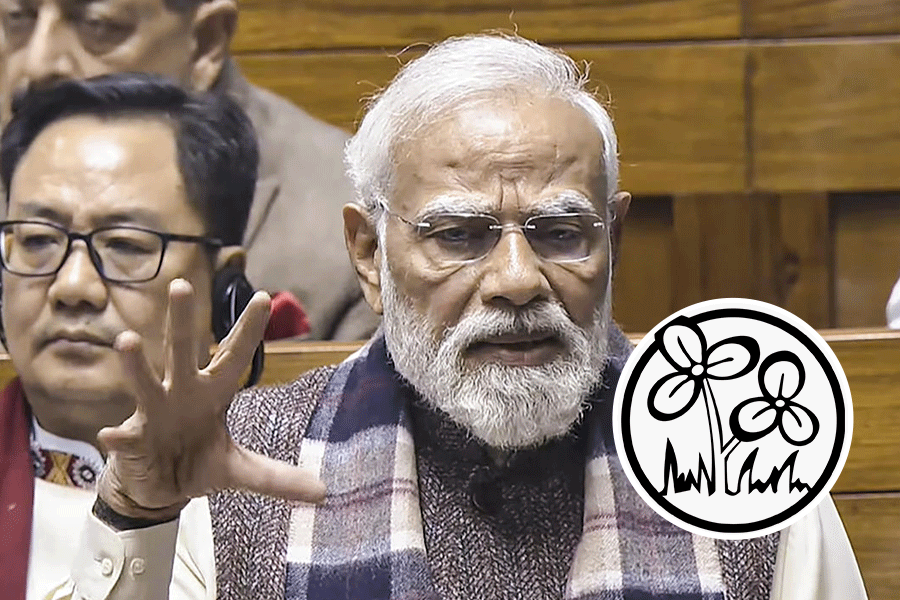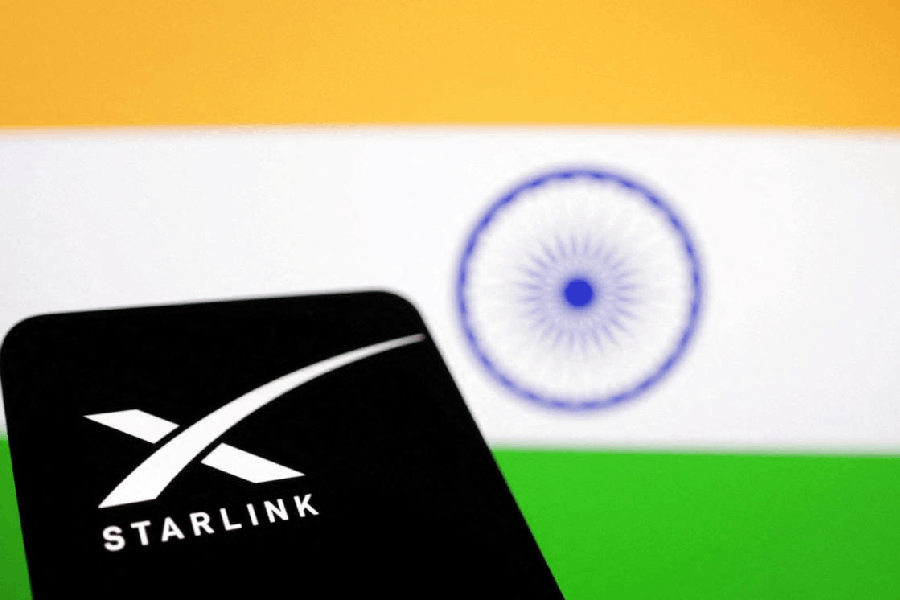Around 17% of pregnant women in West Bengal are teenagers according to data collected by the state government’s MatriMa programme. This should not come as a surprise as this number has shot up after the pandemic, which also saw a rise in the number of underage marriages and trafficking, both of which are leading factors behind teenage pregnancies. The consequences of early pregnancy can be dire. Teenage mothers face higher health risks during pregnancy and life risk during delivery, while babies of teenage mothers face higher risks of low birthweight, pre-term birth and other neonatal complications. The health department is keen on pushing back pregnancies until the age of at least 21 by delaying the age of marriage, which is currently 18. This is unlikely to make a difference given the high incidence of underage marriages, not to mention that in a country with adult franchise reached at the age of 18, there can be no reason for pushing back the age of marriage. It is also a matter of concern that while the state reported the highest contraceptive use in the country at 74%, only 55% of teenagers apparently used contraception. This is a gap that needs to be bridged.
Comprehensive sex education — something that is, at present, only a part of some private schools, that too sporadically — is needed to bridge knowledge gaps, build positive skills and attitudes, so as to enable adolescents to make informed decisions and navigate intimate relationships without adversely impacting their health. Schools in villages where discussing sex is taboo needs special attention as data show that the incidence of teenage pregnancies is 19.6% in rural areas compared to 8.5% in urban areas. Equally, effort needs to be directed towards imparting knowledge to constituencies — school drop-outs, for instance — that have no access to sex education. Further, a recent survey conducted by an online pharmacy revealed that one out of 10 men said that they had had unprotected sex because they were too embarrassed to buy condoms from a pharmacy. The shame is coupled with censure for adolescent, consensual sex. This needs to change. In India, layered and overlapping laws complicate the situation. Child marriage is illegal, but it is legal to have sex with a ‘wife’ below 15 even though criminal law prohibits sex with a girl of that age, the legal age of consent for sex being 16. Sorting out contradictions of this kind would be truly useful.










